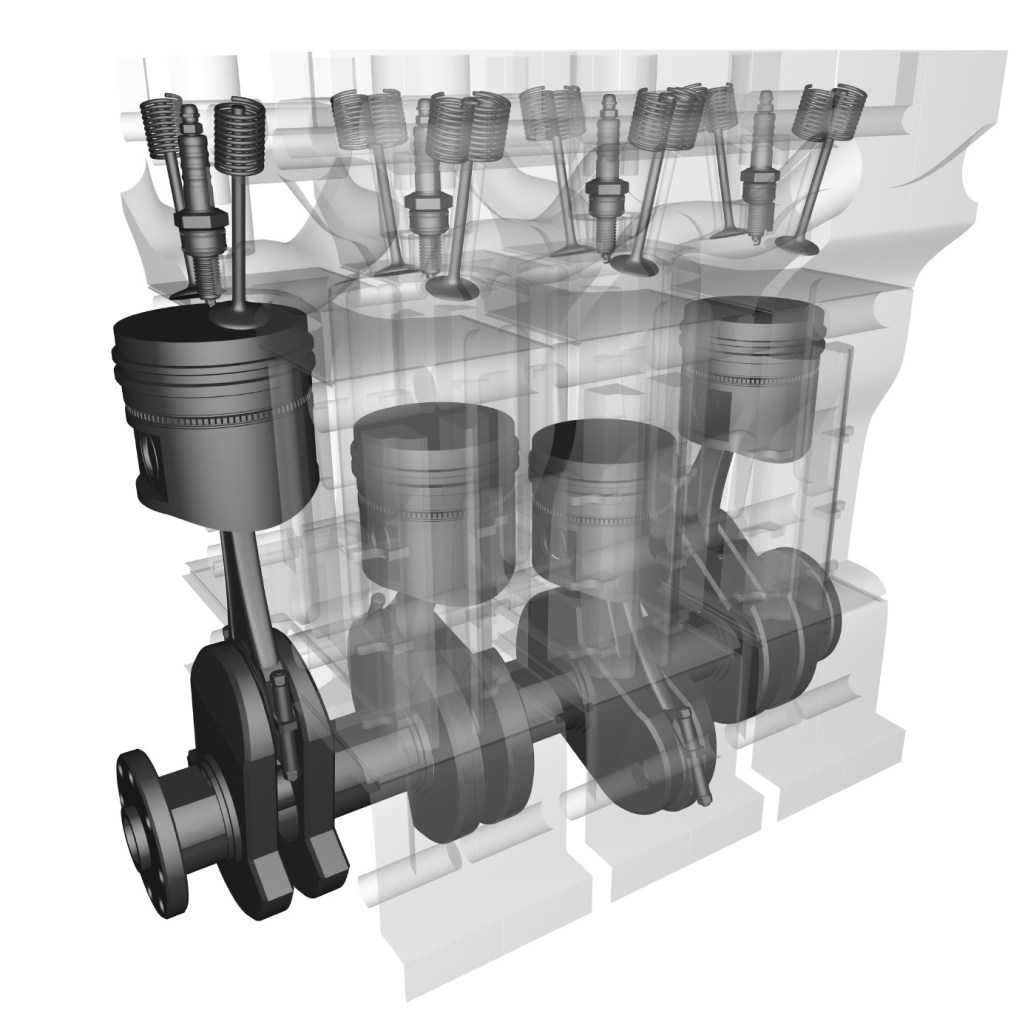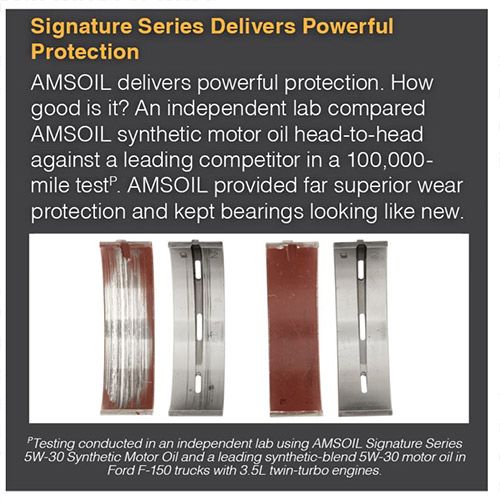ILSAC GF-6, API SP & dexos: New Oil Specifications Andy Arendt|May 01, 2020 7:41 AM As engine-operating conditions grow more severe, so do the demands placed on your motor oil. Hence the need for updated oil specifications, like ILSAC GF-6, API SP and GM dexos1 Gen 2. New engine hardware such as turbochargers, direct injection and variable […]
You are browsing archives for
Tag: LSPI
Figuring out Engine Knock
Why Does My Engine Knock? 3 Possible Explanations. John Baker|Aug 06, 2019 10:56 AM There are a few different reasons your engine might make a knocking, ticking or pinging sound. Let’s break each down and talk about what might be happening. Is it an engine knocking sound, tick or ping? One driver’s knock is another driver’s tick. Or ping. […]
Where Oil Goes and What it Does
The Responsibilities of Your Motor Oil A typical engine contains hundreds of parts, none of which could function properly without oil. Far from a simple commodity, oil is a dynamic enabler of performance. It must lubricate, cool, protect, seal, actuate components and more. And it must do it all while exposed to tremendous heat and […]
Signature Series Motor Oil Protects Engi...
SIGNATURE SERIES Protects Engines from Future Industry Problem LSPI can destroy pistons and connecting rods, bringing an engine to a standstill in seconds. Original equipment manufacturers (OEMs) like General Motors (GM)* have addressed the issue by designing tests to gauge a motor oil’s ability to prevent these destructive events. Signature Series achieved 100 percent protection […]



